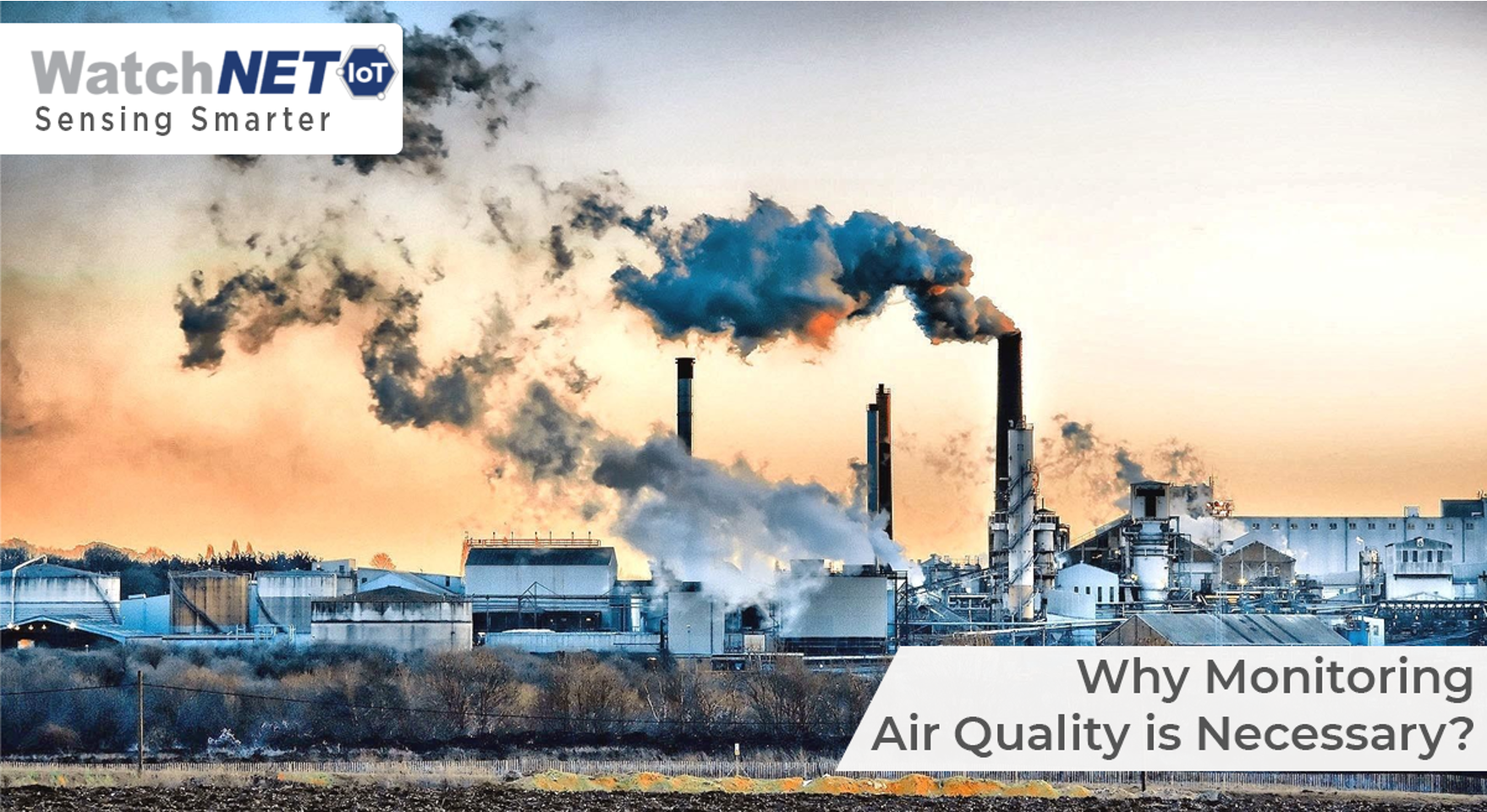
Atmospheric conditions continue to deteriorate each year due to the growth of civilization and increasing unclean emissions from industries and automobiles. Although air is an indispensable resource for life, many people are indifferent to the severity of air pollution or have only recently recognized the problem. The health effects of air pollution are very severe and cause stroke, lung infections, and heart diseases. Air pollutants also have a negative impact on humans and the earth’s ecosystems that result in ozone depletion.
Major contributors to indoor Air pollution
- Radon
Radon is a radioactive gas that results from the decay of radium and uranium found in the bedrock under buildings. Responsible for tens of thousands of lung cancer deaths. Sealing or ventilating the area curbs its presence.
- Moulds And Allergens
These are caused by moisture-induced growth of moulds and mildew and the release of animal dander and plant pollen. Proper filtration, dust and humidity control methods can be adopted to control its growth.
- Carbon Monoxide
Carbon monoxide can be released from tobacco, smoke, space heaters, and wood which results in headaches and dizziness. Enough ventilation is the need to avoid its presence.
Why do buildings have poor air quality?
Indoor air quality describes how indoor air can impact a person’s health, comfort and ability to work. A common place for poor air quality to reside is in an office building due to several reasons.
- Lack Of Ventilation
Ventilation can cause major issues with the quality of the air inside an environment. When there’s a lack of ventilation it will trap pollutants inside the environment and contain them inside the space. This will dramatically impact the overall IAQ.
- Poor Upkeep Of Air System
The main purpose of an air handling system is to help maintain good indoor air quality through proper ventilation and thermal comfort. When these air systems are left dirty and backed up with allergens, the air system will start to disperse these contaminants back into the air.
- Moisture Damage
When uncontrolled moisture occurs indoors it can cause major damage to the building structure which impacts the walls, ceilings, floors and furniture. Moisture indoors will lead to potential mould growth that can significantly impact the indoor air quality inside buildings.
- Construction Or Remodelling
Poor job site construction and chemical-filled building materials can contribute to allowing for moisture and contaminants to become integrated into the building’s air. Utilizing proper construction practices helps reduce the potential air contamination.
Because of these impacts there arises a need to continuously check the air quality through proactive precautionary measures. For the same reason, the effective and efficient monitoring of indoor air quality is of high importance. To reduce exposure to air contamination, new measures have to be pursued which include the development of air quality measuring devices and air purifiers. In order to control the harmful impacts of polluted indoor environments on building occupants, it is crucial to harness the potential of the latest technologies. Through proper indoor air quality monitoring systems relevant challenges and be addressed. Thus technologically advanced indoor air quality monitoring platforms must be developed based on the need for accurate monitoring.
IoT in IAQ – How Does It Work?
With the introduction of IoT (Internet of Things) and cloud computing, new capabilities have been shaped for real-time monitoring in many fields. A Wireless Sensor network system to automatically transmit, process, analyze, and visualize data and merge various technologies also offer a great advantage for indoor air quality development. They provide a solid platform for the development of Internal air quality monitoring systems. The combination of IoT with new-age information and communication technology promises reliable solutions for enhanced environmental health and well-being.
The selection of the right sensors, microcontrollers and gateways is of great importance for enabling a proper monitoring system. These are connected to a communication system through Bluetooth, Wi-Fi and the internet for real-time updates on pollution concentration. Watchnetprovides a wide array of sensors and gateway to eradicate this difficulty at its tip. Name the best sensors that enable the management and monitoring of internal air quality are,
Wireless Carbon monoxide detector wireless Carbon monoxide detector
AeroSense Pro Touch IAQ sensorAeroSense Pro Touch IAQ sensor
Wireless Temperature and Humidity Sensors Wireless humidity sensors
Wireless Smoke Sensors
Wireless CO2 sensors Wireless Carbon Dioxide Sensors
Benefits Of Monitoring Indoor Air Quality
Implementing better sensors to detect and monitor the internal air quality in your houses, workspaces, schools or any indoor facilities provides numerous benefits.
- Increased Ventilation
Increased ventilation can improve the efficiency of HVAC equipment and improve air quality by removing particulates and contaminants from the air.
- Reduced Pollutants Emissions
IAQ systems eliminate pollutants, particulates, shoot, gas and other irritants that can cause health and comfort problems
- Improved Health Effects
Good air quality reduces headaches, sore throat, fatigue and nausea that results from poor air quality. Over a period of time, air pollution can increase a person’s risk of heart and respiratory diseases.
- Comfort
Improving IAQ helps maintain a comfortable humidity level, thus reducing skin issues and removing pollutants that irritate the nose, throat and eyes.
- Efficiency And Reduced Energy Costs
Dirty or obstructed ventilation can cause HVAC equipment to work harder, causing overheating and higher energy usage and associated costs.
- Performance And Productivity
Comfortable employees are more productive with Reduced absenteeism due to illness.
- Safety
Maintaining IAQ can reduce static electricity and harmful gases like carbon monoxide.
A well-established wireless sensors network system for indoor air quality is extremely useful in monitoring air quality conditions inside buildings to increase productivity and efficiency and upgrade performance through proper ventilation. Good air quality in the workplace can ultimately increase workers’ comfort productivity and well-being.

